A study has revealed that AI can be used to detect cancer from mammogram screenings and could improve efficiencies and reduce workloads for health workers.
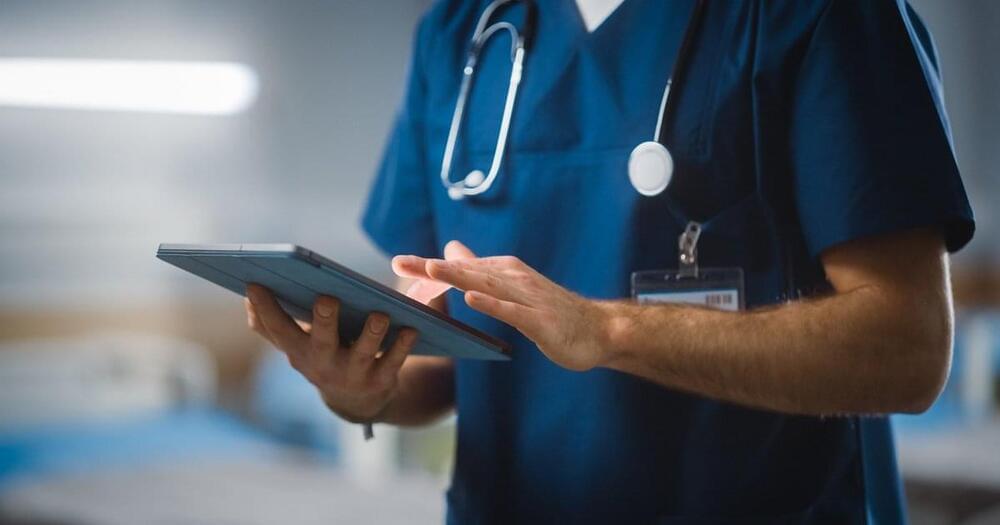

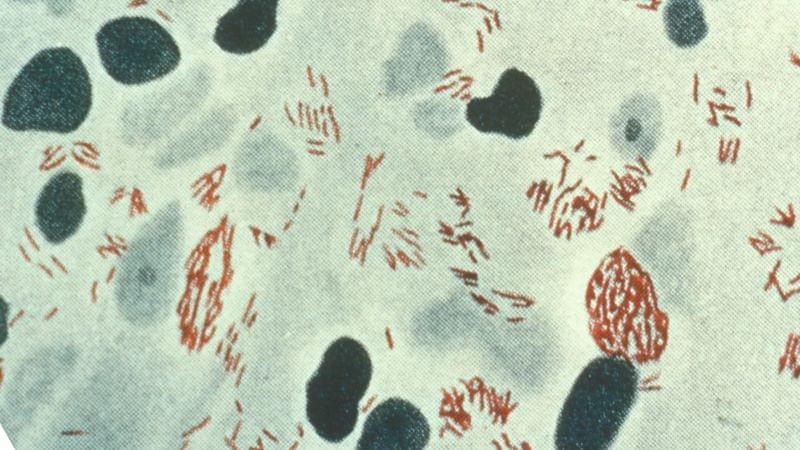
Now, his team is cautioning other health care providers to be on the lookout for similar cases in the area.
According a research letter published by Nathoo and his colleagues in the journal Emerging Infectious Diseases, Central Florida has reported among the highest rates of leprosy in the United States.
In 2,020,159 cases were reported nationwide, compared with 200,000 new cases each year around the world, according to the World Health Organization. The new letter says Central Florida accounted for 81% of cases in Florida and nearly 1 out of 5 leprosy cases nationwide.
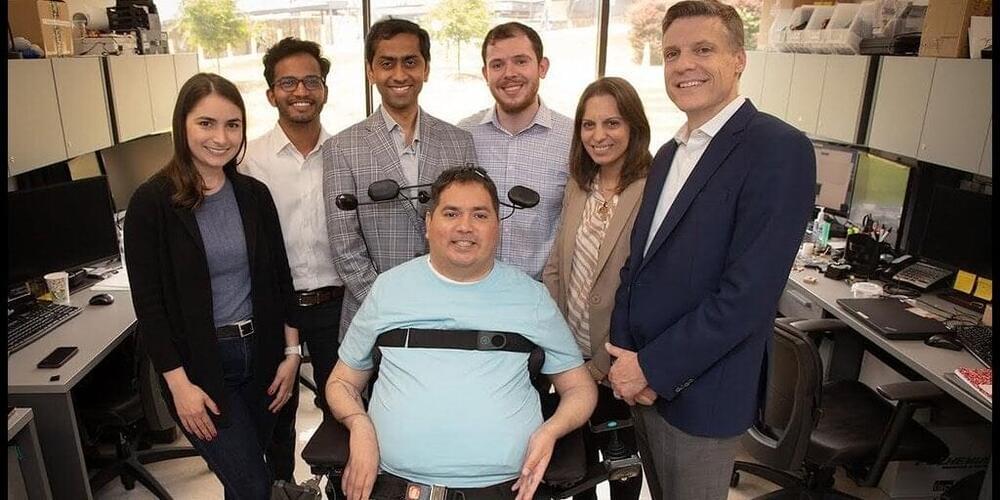
In an astounding medical first, researchers have used AI-powered brain implants to restore movement and sensation for a man who was paralyzed from the chest down.
Keith Thomas, 45, became a quadriplegic after a tragic diving accident damaged his C4 and C5 vertebrae in 2020. But thanks to pioneering work by scientists at Northwell Health’s Feinstein Institutes, Thomas can now move his arm simply by thinking about it. Even more remarkably, he can feel the touch of a hand for the first time in three years.
Advanced technology made the impossible possible after a double neural bypass changed the life of a paralyzed patient.

Microorganisms leverage the CRISPR-Cas system as a defense mechanism against viral intrusions. In the realm of genetic engineering, this microbial immune system is repurposed for the targeted modification of the genetic makeup.
Under the leadership of Professor Dr. Alexander Probst, microbiologist at the Research Center One Health Ruhr at the Research Alliance Ruhr a research team has now discovered another function of this specialised genomic sequence: archaea – microorganisms that are often very similar to bacteria in appearance – also use them to fight parasites.
The team has recently published their findings in Nature Microbiology.
A model of human cortical development could be used to instruct novel computational learning approaches. Alysson Muotri, Phd, Sujeeth Bharadwaj, PhD, Weiwei Yang, and Gabrial Silva, MSc, PhD, discuss the promise, the problems, and the potential when biology and artificial intelligence meet. Recorded on 10/14/2021. [3/2022] [Show ID: 37556]
00:00 Start.
00:17 Introduction — Alysson Muotri, PhD, UC San Diego.
11:51 An Information Theoretic Approach to Learning — Sujeeth Bharadwaj, PhD, Microsoft.
30:44 An Alternate Approach to Collectively Solving Intelligence: Machine Learning to Artificial Intelligence — Weiwei Yang, Microsoft.
47:54 Organoids May Have Just the Right Amount of Complexity to Make Sense of the Brain — Gabriel Silva, MSc, PhD, UC San Diego.
Please Note: Knowledge about health and medicine is constantly evolving. This information may become out of date.
More from: Stem Cell Channel.
(https://www.uctv.tv/stem-cell)
Explore More Health & Medicine on UCTV
(https://www.uctv.tv/health)
UCTV features the latest in health and medicine from University of California medical schools. Find the information you need on cancer, transplantation, obesity, disease and much more.
Explore More Science & Technology on UCTV
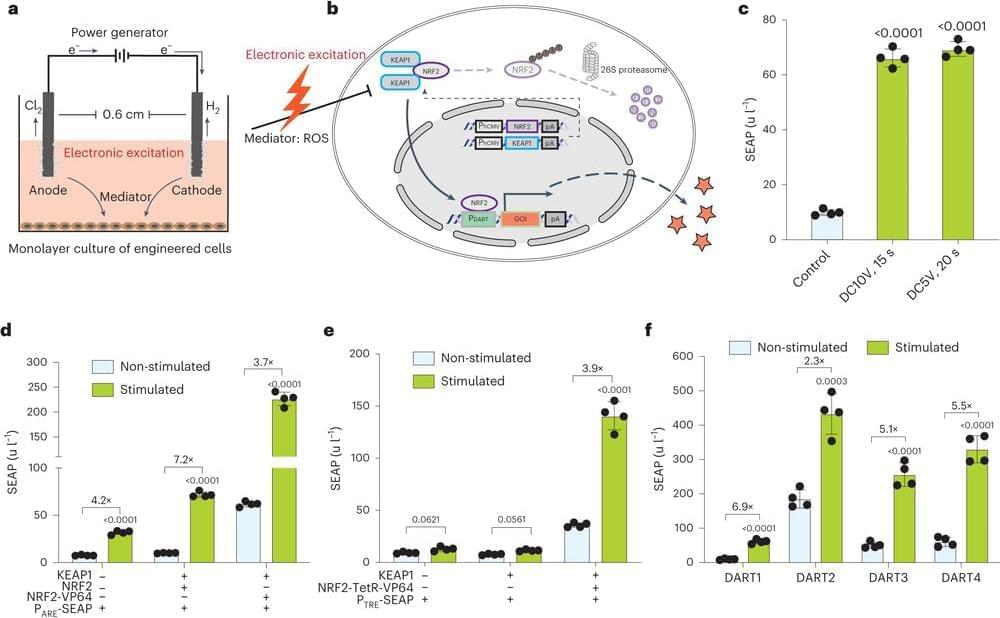
Thoughts?
Wearable electronic devices are playing a rapidly expanding role in the acquisition of individuals’ health data for personalized medical interventions; however, wearables cannot yet directly program gene-based therapies because of the lack of a direct electrogenetic interface. Here we provide the missing link by developing an electrogenetic interface that we call direct current (DC)-actuated regulation technology (DART), which enables electrode-mediated, time-and voltage-dependent transgene expression in human cells using DC from batteries. DART utilizes a DC supply to generate non-toxic levels of reactive oxygen species that act via a biosensor to reversibly fine-tune synthetic promoters.
In a first-of-its-kind clinical trial, bioelectronic medicine researchers, engineers and surgeons at Northwell Health’s The Feinstein Institutes for Medical Research have successfully implanted microchips into the brain of a man living with paralysis, and have developed artificial intelligence (AI) algorithms to re-link his brain to his body and spinal cord.
This double neural bypass forms an electronic bridge that allows information to flow once again between the man’s paralyzed body and brain to restore movement and sensations in his hand with lasting gains in his arm and wrist outside of the laboratory. The research team unveiled the trial participant’s groundbreaking progress four months after a 15-hour open-brain surgery that took place on March 9 at North Shore University Hospital (NSUH).
“This is the first time the brain, body and spinal cord have been linked together electronically in a paralyzed human to restore lasting movement and sensation,” said Chad Bouton, professor in the Institute of Bioelectronic Medicine at the Feinstein Institutes, vice president of advanced engineering at Northwell Health, developer of the technology and principal investigator of the clinical trial.
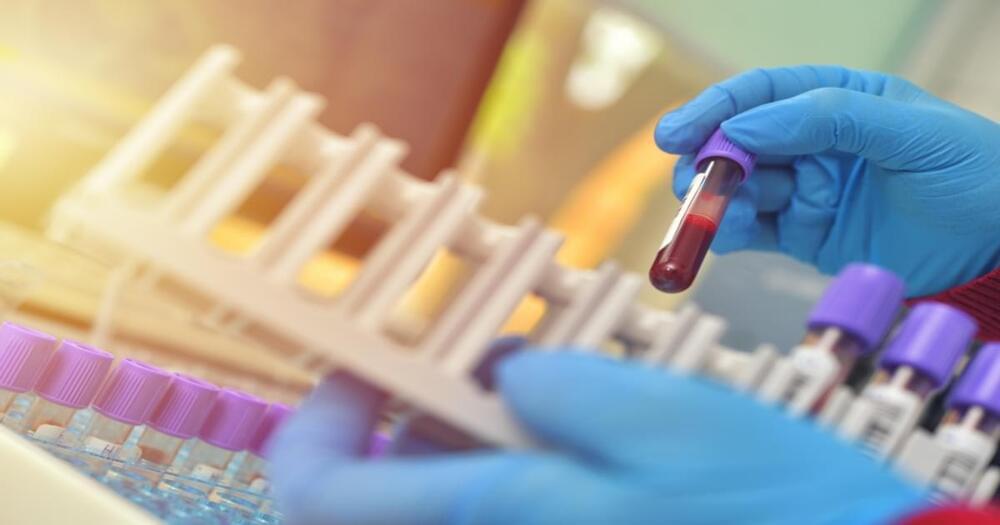
CHICAGO — A cell-free DNA blood-based test displayed 83% sensitivity for colorectal cancer detection and 90% specificity in an average-risk population, similar to the performance of current noninvasive screening options.
“Colorectal cancer screening is recommended for everyone in the United States,” Daniel Chung, MD, director of the High-Risk GI Cancer Clinic at Massachusetts General Hospital and professor at Harvard Medical School, told attendees at Digestive Disease Week. “But, despite the widespread availability of many screening options, there remain persistent and significant barriers, and unfortunately, screening rates remain suboptimal. In fact, only 59% of eligible individuals aged 45 and over are adherent, which is well below the acceptance target rate of 80%.”
He added: “A blood-based screening test that can be completed as part of a routine health care visit presents a unique and attractive opportunity to increase adherence to colon cancer screening.”
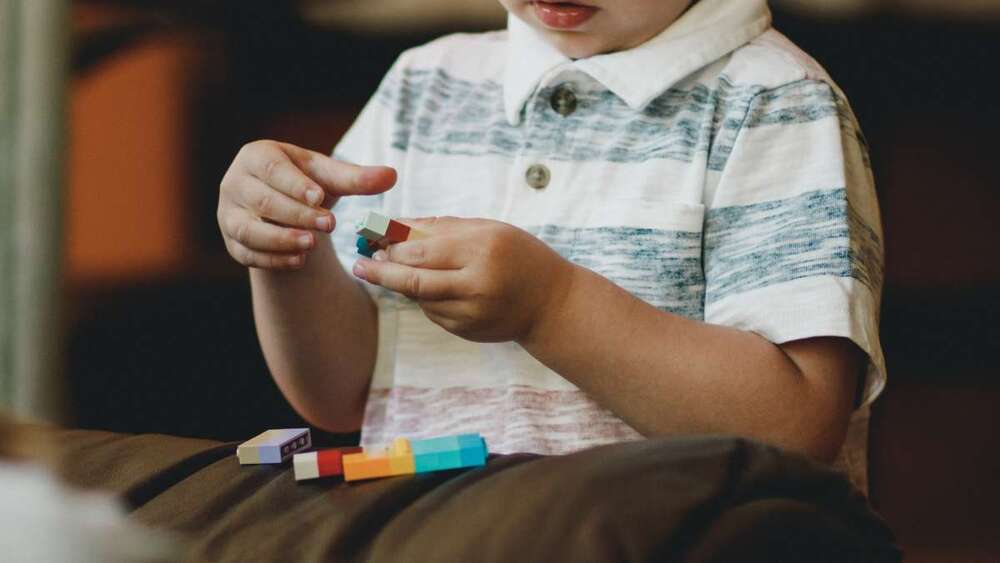
UCLA Health researchers have published the largest-ever study of families with at least two children with autism, uncovering new risk genes and providing new insights into how genetics influence whether someone develops autism spectrum disorder.
The new study, published July 28 in the Proceedings of the National Academy of Sciences, also provides genetic evidence that language delay and dysfunction should be reconsidered as a core component of autism.
Most genetic studies of autism have focused on families with one child affected by the neurodevelopmental disorder, sometimes excluding families with multiple affected children. As a result, few studies have examined the role of rare inherited variation or its interaction with the combined effect of multiple common genetic variations that contribute to the risk of developing autism.

There’s a lot of talk about the potential for artificial intelligence in medicine, but few researchers have shown through well-designed clinical trials that it could be a boon for doctors, health care providers and patients.
Now, researchers at Stanford Medicine have conducted one such trial; they tested an artificial intelligence algorithm used to evaluate heart function. The algorithm, they found, improves evaluations of heart function from echocardiograms — movies of the beating heart, filmed with ultrasound waves, that show how efficiently it pumps blood.
“This blinded, randomized clinical trial is, to our knowledge, one of the first to evaluate the performance of an artificial intelligence algorithm in medicine. We showed that AI can help improve accuracy and speed of echocardiogram readings,” said James Zou, PhD, assistant professor of biomedical data science and co-senior author on the study. “This is important because heart disease is the leading cause of death in the world. There are over 10 million echocardiograms done each year in the U.S., and AI has the potential to add precision to how they are interpreted.”